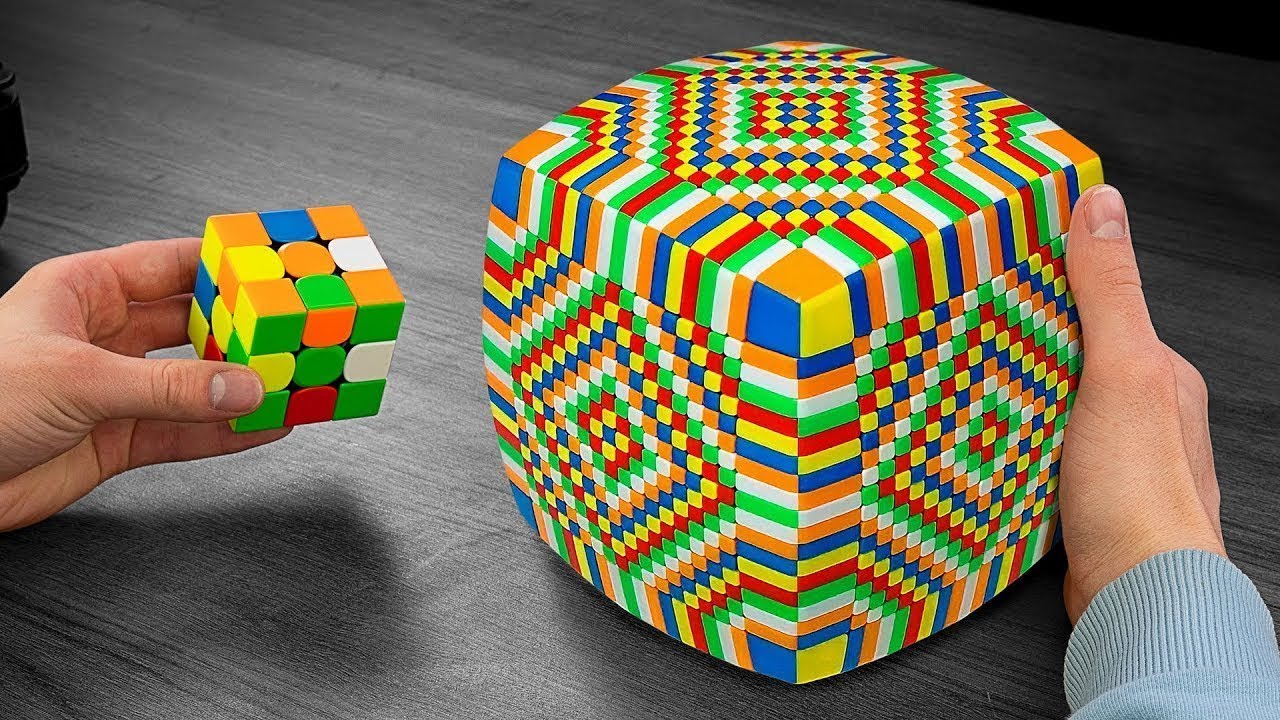The World of Cube Puzzles

Puzzles help develop logical thinking and problem-solving skills. They also help with hand-eye coordination. They are great for building spatial awareness. They also stimulate a child’s imagination.
Many higher-order cubes can be solved by reducing them to a 3×3 cube and solving the centers and edges. However, these algorithms have side effects.
The origin of the cube
When Hungarian professor Erno Rubik created his ’Magic Cube’ in 1974 (and later patented it in 1975) he had no idea that it would become one of the world’s most popular puzzle games. He intended the cube to help students understand the structure of 3D objects.
The cube’s popularity has given rise to a number of new twisty cube puzzles and to a community of enthusiasts known as “cubers.” There are now many different algorithms that can be used to solve the cube. These are memorised sequences of moves that have a desired effect. Some algorithms have side effects and are employed early in the cube’s solution, whereas others have less-important side effects and are used near the end of its solution.
The Rubik’s cube
A mechanical puzzle composed of 27 tiny blocks with six faces that can be rotated, the Rubik’s cube is a wildly popular toy. It has more than 43 quintillion possible combinations and requires learning a series of movements to solve it.
Erno Rubik began working on this puzzle in the spring of 1974. He intended it as a tool to help explain three-dimensional movement to his architecture students. He spent about a month trying to figure out how to bring all of its colors back into their original position. After the cube became widespread, people developed specific methods of solving it: corners first and layer by layer are both common.
The 3 x 3 x 3 cube
The classic 3 x 3 x 3 cube is the world’s best-known addictive puzzle. Since it’s launch in 1980 it has been a global phenomenon with more than 350 million sold.
The original cube has 43 quintillion possible combinations but there is only one solution. To solve it, you need to twist, turn and rotate the cube until every face has only one colour.
Speedcubers use a special notation to describe how to move the cube. A letter followed by a ’2’ indicates two turns (or 180-degrees) while a letter without a ‘2’ means the face should be turned clockwise. Adding a prime symbol to a letter indicates that the corner should be swapped with another edge piece in the same layer.
The 4 x 4 x 4 cube
The 4 x 4 is a good cube for those looking to improve their speed. It can be a little tricky to learn, but with daily practice, you can see improvements in your solve times.
To solve it, begin by lining up the edge pieces on each face. Then perform the flipping algorithm R F U FF UF RR F’ R’ R’ F’. This will put the two white corners in their proper positions and allow you to complete the partial cross.
Now you need to solve for the Yellow centers being mindful not to scramble the White center. Once you have them solved, it is just a matter of finishing up with the edges and centers.
The 5 x 5 x 5 cube
The 5 x 5 x 5 cube is an excellent challenge for new cubers. It helps improve their memory and concentration. It also tests their ability to follow algorithms. It requires a lot of practice to understand how to solve this puzzle without making mistakes.
The solution to this cube is to perform a reduction method on each center piece. You can find this algorithm online, or you can use one of the many books on solving speedcubes.
When selecting a 5×5 speed cube, it’s important to find an option that suits your turning style. Some options have more speed than others, while others offer better control.
The 6 x 6 x 6 cube
A higher-order variation of the Rubik’s cube, this puzzle was invented by Panagiotis Verdes and was first mass-produced by V-Cube. It consists of 218 pieces that are supported by a solid cross for independent rotation on based axes.
It has 96 centers, 48 edges, and eight corners, giving it 157 decillion possible permutations. It can be solved by pairing the edges like a regular cube or using methods that eliminate the centers as a reference point.
This cube has a great feel similar to the MoYu Aoshi and is very fast, but it can be prone to pop ups which can ruin your solve. To avoid this you can adjust the tension to make it less prone to popping.